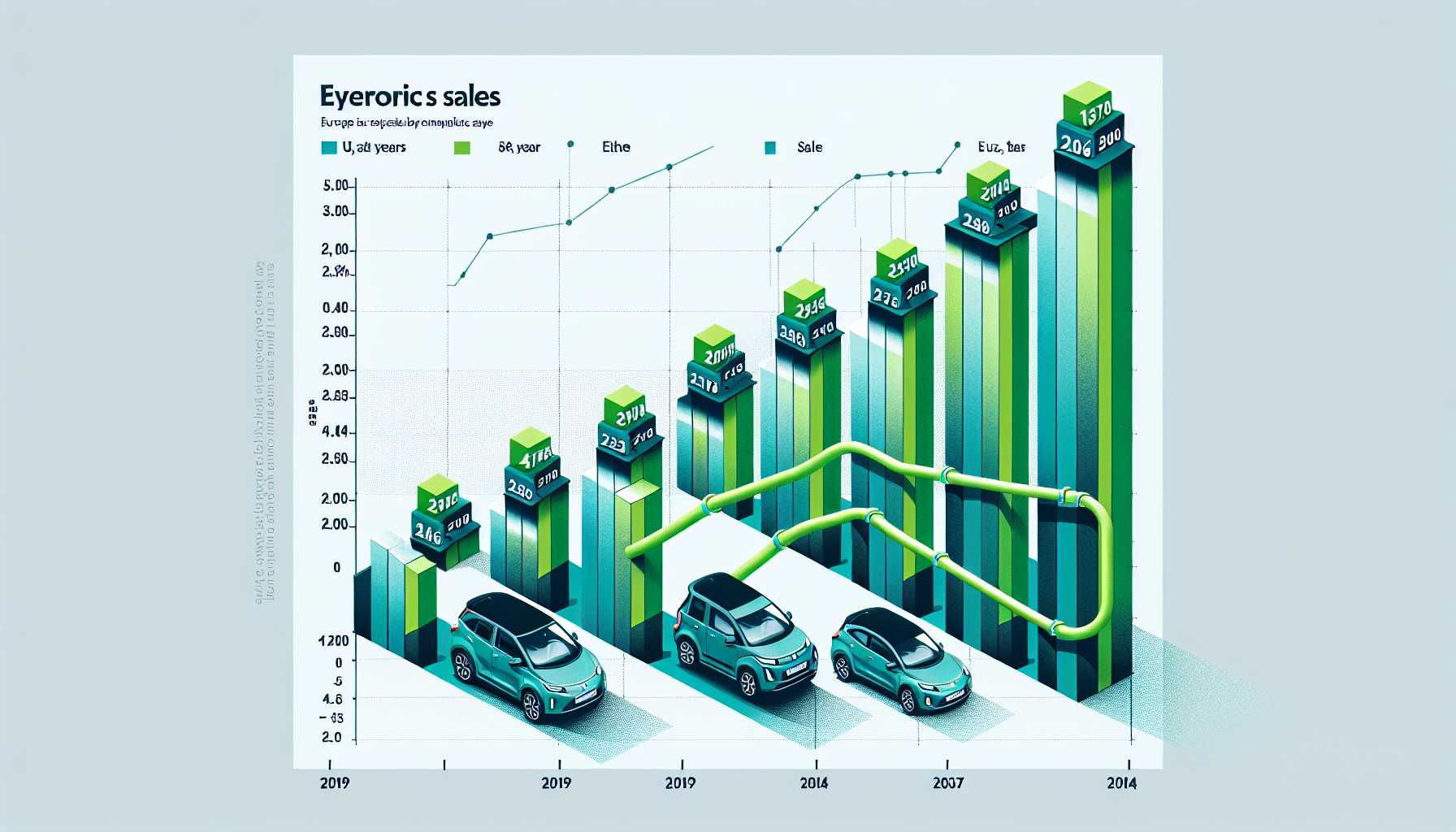Electric Vehicle Sales in Europe on the Rise
Electric vehicles (EVs) are becoming increasingly popular in Europe, as more and more people are becoming aware of the environmental and financial benefits of owning one. In the last year, the number of EVs sold in Europe has increased significantly, indicating a growing demand for these vehicles.
Key Findings
- In 2022, over 2.3 million electric vehicles were sold in Europe, a 28% increase from the previous year.
- Plug-in hybrid electric vehicles (PHEVs) accounted for the majority of EV sales, with over 1.2 million units sold.
- Battery electric vehicles (BEVs) also saw a significant increase in sales, with over 1 million units sold.
- The growth in EV sales was driven by a number of factors, including government incentives, improved charging infrastructure, and increasing consumer awareness of the benefits of EVs.
Country-by-Country Breakdown
The following table shows the number of electric vehicles sold in each European country in 2022:
| Country | Number of EVs Sold |
|---|---|
| Norway | 176,276 |
| Germany | 674,864 |
| United Kingdom | 317,504 |
| France | 270,729 |
| Sweden | 116,645 |
| Netherlands | 106,219 |
| Italy | 102,887 |
| Spain | 83,618 |
| Portugal | 40,335 |
| Denmark | 39,684 |
Outlook for the Future
The future of electric vehicles in Europe looks bright. With continued government support, improved charging infrastructure, and increasing consumer awareness, the number of EVs on the road is expected to continue to grow in the coming years. By 2030, it is estimated that over 10 million EVs will be sold in Europe each year.
Conclusion
The sale of electric vehicles in Europe has increased significantly in the last year, indicating a growing demand for these vehicles. This growth is being driven by a number of factors, including government incentives, improved charging infrastructure, and increasing consumer awareness of the benefits of EVs. The future of electric vehicles in Europe looks bright, with continued growth expected in the coming years.

